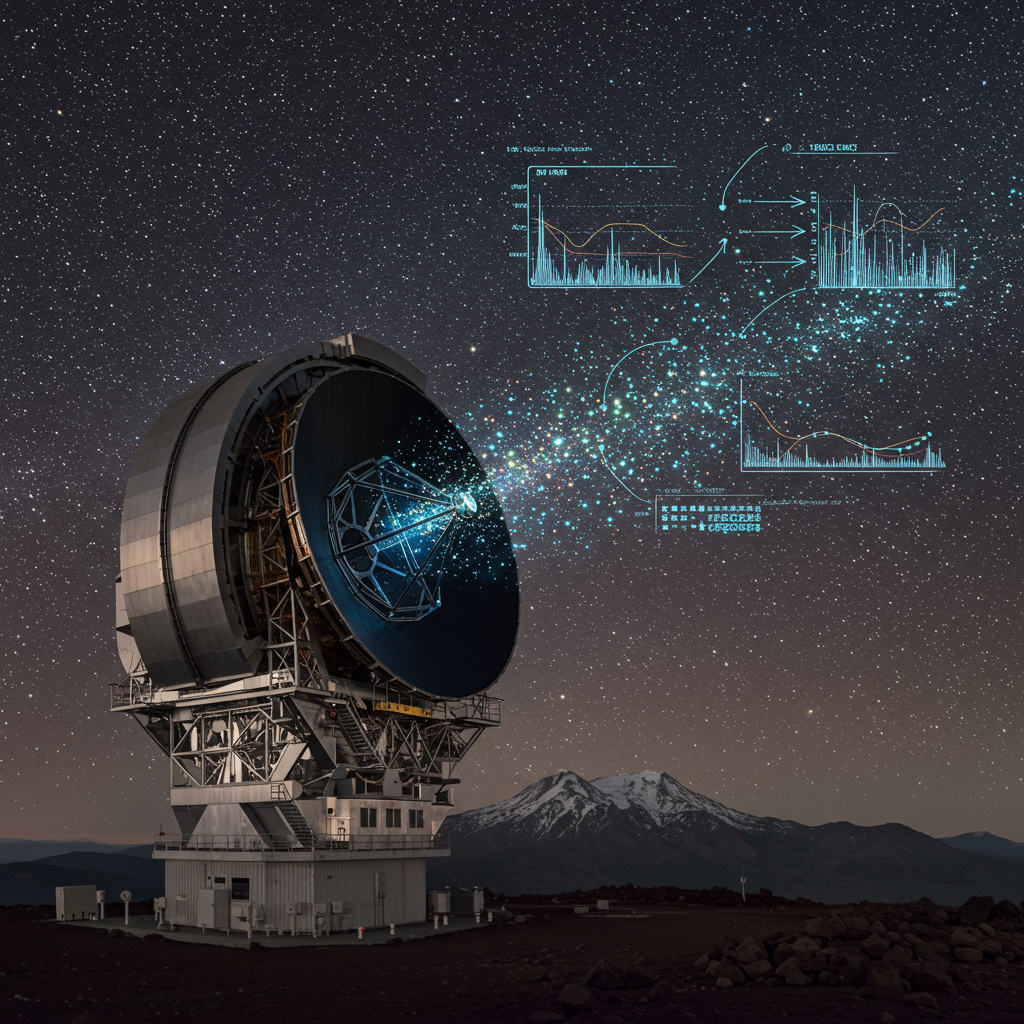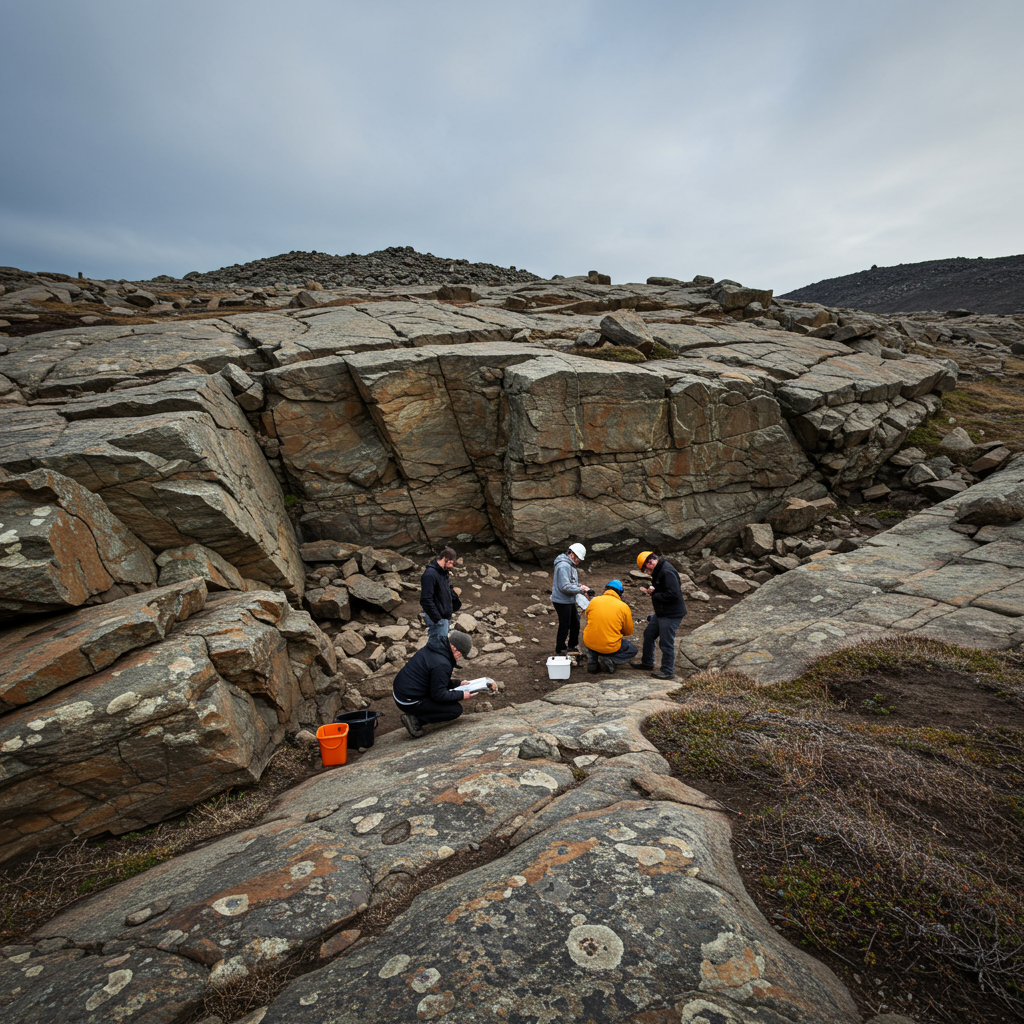The universe is vast and full of wonders, but observing it in unprecedented detail presents a colossal challenge: managing the sheer volume of data. The Vera C. Rubin Observatory, located high atop Cerro Pachón in Chile, has recently begun capturing its first breathtaking images of the night sky, thanks to its powerful 8.4-meter Simonyi Survey Telescope paired with the LSST Camera (LSSTCam) – the world’s largest digital camera, boasting an incredible 3.2 gigapixels.
This state-of-the-art facility is embarking on the ambitious 10-year Legacy Survey of Space and Time (LSST), designed to map the cosmos like never before, particularly focusing on the mysteries of dark energy and dark matter. But with the capability to survey an area equivalent to about 45 full moons in a single shot and scan the entire southern sky every few nights, the Rubin Observatory is generating data at a scale that dwarfs all previous telescopes combined.
The Unprecedented Data Deluge
Once fully operational, the Rubin Observatory is projected to collect a staggering 20 terabytes of raw data every single night. Over its decade-long survey, this will accumulate to approximately 500 petabytes of data – a volume equivalent to half a million 4K-UHD Blu-ray discs. To put that into perspective, University of Edinburgh computer scientist George Beckett, the U.K. Data Facility Coordinator for Rubin, notes that “In terms of data, we’re at least an order of magnitude bigger than previous telescopes.”
This cosmic data doesn’t just sit in one place. It’s transmitted via a dedicated high-speed network link from Chile to a primary data center at the SLAC National Accelerator Laboratory in California. Copies are also sent to the IN2P3 computing facility in Lyon, France, and some data goes to a distributed computing network in the U.K. This distributed processing model, with responsibilities shared (SLAC: 35%, IN2P3: 40%, UK: 25%), provides crucial redundancy, preventing data loss and ensuring processing can continue even if one facility faces issues. A smaller center in Chile also supports local astronomers.
Navigating the Cosmic Archive: Enter the Data Butler
With such immense datasets, simply downloading subsets for analysis, as astronomers might have done with previous telescopes, is no longer feasible. The entire archive is kept in the cloud, necessitating new ways to access and query the information.
This is where the aptly named Data Butler comes in. Think of it not as a human assistant, but a sophisticated software service designed to manage the long-term archive of images and observations. The Data Butler meticulously records all the metadata – the crucial data about the data. This includes the time and date of observation, precise sky coordinates, details about the objects captured in the image, and much more.
As George Beckett explains with an analogy: searching for a specific photo among years of smartphone pictures is hard enough. Now imagine doing that with 1.5 million images, each 10,000 pixels wide. The Data Butler solves this by allowing astronomers to use precise queries written in astronomical terms – specifying objects, timeframes, or coordinates – and the Butler retrieves exactly what they need from the colossal dataset. It’s the key to unlocking specific insights within the vast cosmic library.
Catching Cosmic Flashes: The Role of Brokers
Beyond the long-term archive, the universe is dynamic, constantly changing with transient events like exploding stars (supernovas, novas), kilonovas, flaring stars, moving asteroids, comets, and potentially entirely new phenomena. Rubin’s wide and rapid survey will detect an estimated 10 million such events every single night. Each detection triggers an alert, issued within a mere two minutes.
Astronomers cannot possibly manually sift through 10 million alerts daily to find the few that are most interesting or require immediate follow-up observations from other telescopes before they fade. This challenge is tackled by a network of Brokers.
There are seven main brokers, operated by scientific teams across different countries, plus two additional ones with specific goals. These brokers act as intelligent filters. Using machine learning, artificial intelligence, and traditional modeling, they process the full stream of 10 million alerts. Astronomers can sign up to specific brokers and configure them to flag only the types of events they are interested in – for example, alerts indicating potential gravitational wave counterparts or newly discovered near-Earth asteroids. This filtering system can reduce the stream from 10 million down to a manageable handful of highly relevant alerts for any given researcher. While most alerts might not trigger an immediate follow-up, they still provide invaluable statistical data for population studies. Notable brokers include ALeRCE (Chile), ANTARES (US), and Lasair (UK).
A Glimpse into the Future of Astronomy
The Rubin Observatory’s unique capabilities and innovative data management systems are not just essential for its own mission but are paving the way for the future of astronomy. The LSST will measure the shapes and properties of billions of galaxies, vastly expanding our understanding of cosmic structure and evolution, and enabling detailed tests of dark energy and dark matter theories. Scientists are particularly excited about mapping tiny dark matter halos and testing exotic dark matter models. It’s truly a “discovery machine,” with potential for unexpected findings.
The lessons learned from managing Rubin’s data deluge are already being applied to future projects. George Beckett, involved in Rubin’s data management, also works with the Square Kilometre Array (SKA), an upcoming radio telescope project expected to generate data volumes an order of magnitude larger than Rubin.
The Vera C. Rubin Observatory is not just collecting images; it’s building the most detailed map and “movie” of the night sky ever conceived. And with the help of its ‘Data Butler’ and sophisticated brokers, astronomers are equipped to decode this cosmic firehose, unlocking the secrets held within billions of stars and galaxies for decades to come.




